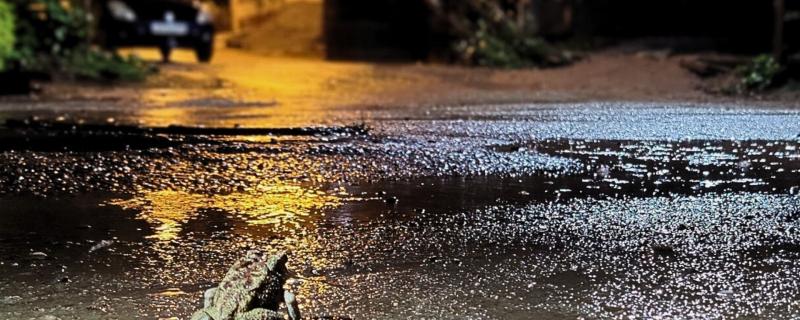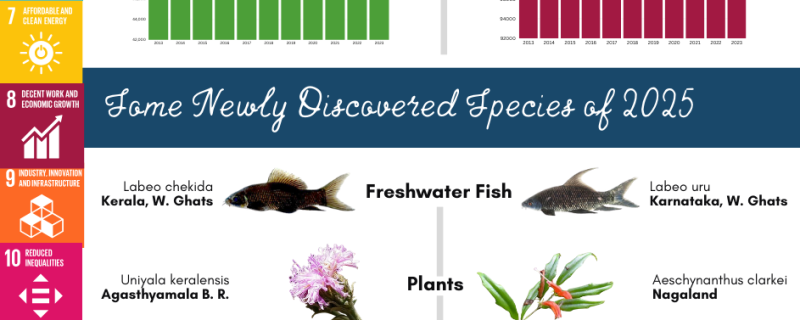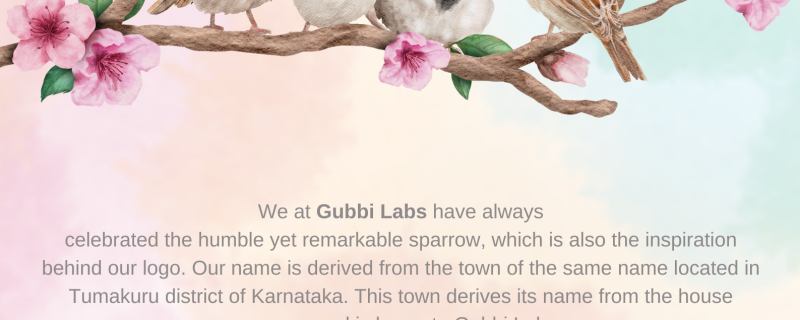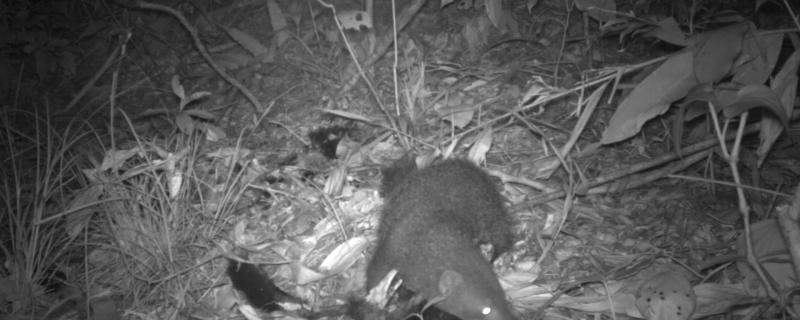“Where are house sparrows these days? They have just become extinct!”, is a common rhetoric we hear these days in the cities. Yet, it is impossible to scientifically assert that they are dwindling in numbers, since there has not been any systematic observation or data gathered about them.
The case of the ‘vanishing’ sparrows in cities like Bengaluru throws light on an important issue associated with biodiversity – the lack of data. Old-timers across the city are able to recall a time when sparrows were ubiquitous and also observe them diminish by the day. To add to this, there has been significant drop in the tree cover and the number of insects and birds in our neighbourhood. But, to objectively answer any questions like the change in the numbers of any species, the total number of species present and the effects of a vanishing species on an ecosystem, rigorous observations, documentation and research is a necessity. In the lack of these, it is simply impossible to infer or conclude that there has been a change, let alone the decline or disappearance of certain species. This drives us to reconsider the strategies of understanding biodiversity.




